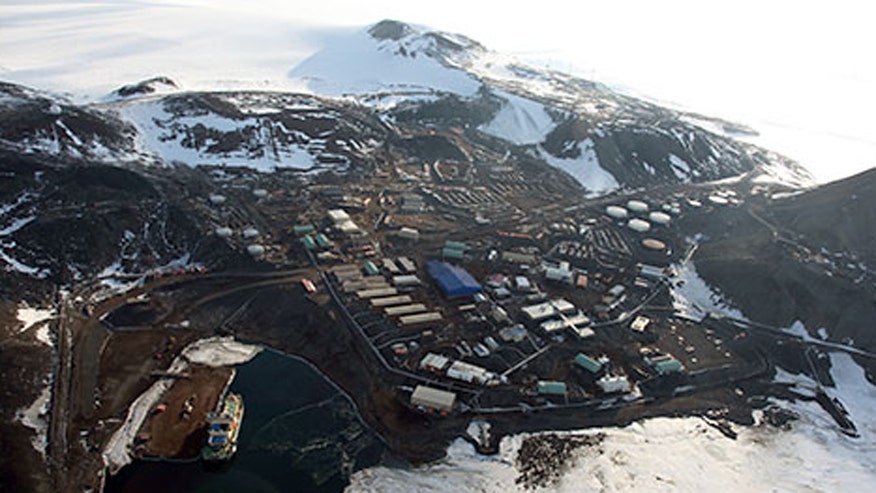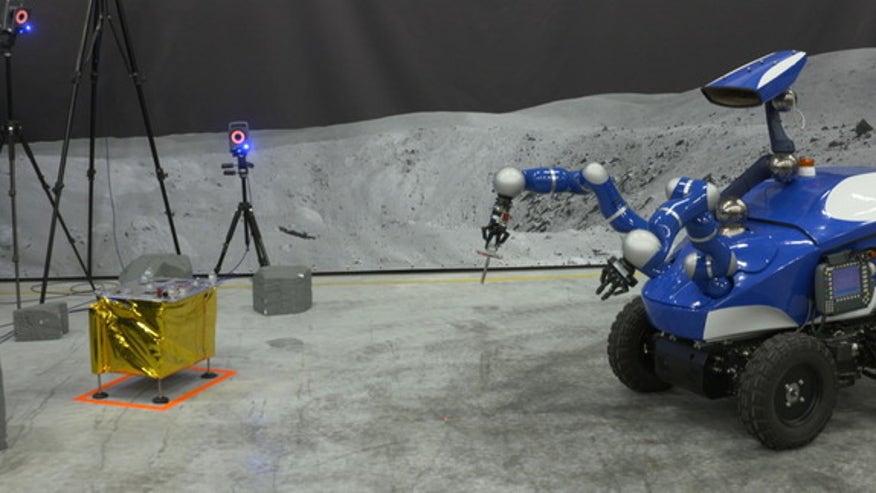A new amphibious vehicle that moves just as well on land as it does in the water looks kind of like a salamander. That is, if a salamander had eight wheels, a six-cylinder turbodiesel engine and weighed about 20 tons.
Defense contractor Lockheed Martin designed and built the new Amphibious Combat Vehicle (ACV) to replace the U.S. Marine Corps' aging fleet of swimming tanks, which have been in use for more than four decades. The versatile new ACV was officially unveiled last Sept. 22 at the Modern Day Marine trade show in Quantico, Virginia.
Amphibious vehicles are very useful to Marines, who use the hybrid boat-tanks to travel safely between giant ships at sea and dry land. However, because they have to work in such varied environments, designing these machines can be a complicated (and expensive) process, according to David Hunn, technical director of Lockheed's ACV program. [7 Technologies That Transformed Warfare]
"For military amphibians, you don't have the benefit of swimming in calm lakes or canal ways and then driving on smooth roads," Hunn said in a statement. "You’re swimming through, oftentimes, big waves, ocean currents, nighttime and storms — and then operating in rough, off-road land conditions."
To build a vehicle that can handle all of these conditions, engineers first have to figure out one very important thing: how to get a 20-ton tank to float. To do this, Lockheed engineers have to ensure that the volume of water the ACV displaces weighs the same or more than the ACV itself. If the vehicle is less dense than the water, then it will float.












